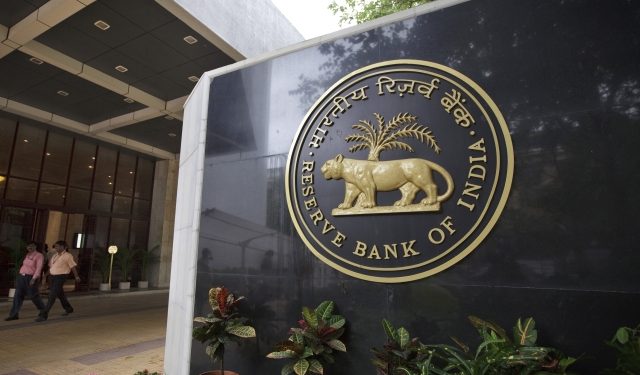Mumbai: The Reserve Bank of India (RBI) Friday issued new guidelines for dealing with non-performing assets (NPA) after the Supreme Court quashed its February 12, 2018, circular, which had mandated the lenders to start resolution even if default is by one day, leading to huge protests from various quarters, particularly defaulters from the power sector.
The new NPA resolution norms replace all previous schemes, the central bank said. Under the new norms, defaults are to be recognised within 30 days, the RBI says. This means resolution process will not be initiated under insolvency within a day of default.
Lenders shall recognise incipient stress in loan accounts, immediately on default, by classifying such assets as special mention accounts (SMA) as per categories where SMA-0 categories will be treated as default case fit for insolvency resolution if they fail to pay the principal or interest due on them within 0-30 days. The SMA-1 defaulters will be taken for Insolvency and Bankruptcy Code (IBC) if they do not pay between 31-60 days. SMA-3 firms will be treated for National Company Law Tribunal (NCLT) in case dues are not paid within 61-90 days.
In its prudential framework for resolution of stressed assets, RBI said, “Lenders shall recognise incipient stress in loan accounts, immediately on default, by classifying such assets as special mention accounts (SMA).” On implementation of the resolution plan, the RBI said: “All lenders must put in place Board-approved policies for resolution of stressed assets, including timelines for resolution. Since default with any lender is a lagging indicator of financial stress faced by the borrower, it is expected that the lenders initiate the process of implementing a resolution plan (RP) even before a default”. In any case, the RBI noted, once a borrower is reported to be in default by any of the lenders, lenders shall undertake a prima facie review of the borrower account within thirty days from such default (‘Review Period’). During this period, lenders may decide on the resolution strategy, including the nature of the RP, the approach for implementation of the RP, among others. The lenders may also choose to initiate legal proceedings for insolvency or recovery, said RBI.
RPs involving restructuring/change in ownership of accounts where the aggregate exposure of lenders is Rs 100 crore and above, will require independent credit evaluation (ICE) of the residual debt by credit rating agencies (CRAs) specifically authorised by the Reserve Bank for this purpose. While accounts with aggregate exposure of Rs 500 crore and above shall require two such ICEs, others shall require one ICE. Only such RPs which receive a credit opinion of CRAs or better for the residual debt from one or two CRAs, as the case may be, shall be considered for implementation, RBI said.
In cases where RP is to be implemented, all lenders shall enter into an inter-creditor agreement (ICA), during the above-said Review Period, to provide for ground rules for finalisation and implementation of the RP in respect of borrowers with credit facilities from more than one lender. The ICA shall provide that any decision agreed to by lenders representing 75 per cent by value of total outstanding credit facilities (fund based as well non-fund based) and 60 per cent of lenders by number shall be binding upon all the lenders. Additionally, the ICA may provide for rights and duties of majority lenders, duties and protection of rights of dissenting lenders, treatment of lenders with priority in cash flows/differential security interest, In particular, the RPs shall provide for payment not less than the liquidation value due to the dissenting lenders, said the new framework. In respect of accounts with aggregate exposure above a threshold with the lenders on or after the ‘reference date’, RP shall be implemented within 180 days from the end of Review Period.
The dealyed implementation of resolution plan will attract penalty where addtional provisioning have to be made.
“Additional provisions to be made as a percentage of total outstanding, if RP not implemented within the timeline where 20 per cent extra provisioning will have to be made if the 180 days from the end of Review Period is not adhered to.
In case of change in ownership of the borrowing entities, credit facilities of the concerned borrowing entities may be continued/upgraded as ‘standard’ after the change in ownership is implemented, either under the IBC or under RBI framework. If the change in ownership is implemented under RBI framework, then the classification as ‘standard’ shall be subject to the conditions that lenders shall conduct necessary due diligence in this regard and clearly establish that the acquirer is not a person disqualified in terms of Section 29A of the IBC. The RBI will do Supervisory Review by which any action by lenders with an intent to conceal the actual status of accounts or evergreen the stressed accounts, will be subjected to stringent supervisory/enforcement actions as deemed appropriate by the Reserve Bank, including, but not limited to, higher provisioning on such accounts and monetary penalties.






































